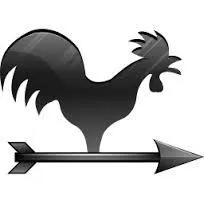Hello, good morning to everyone,
My name is Pere, I am from Barcelona and it is the first time I enter this forum, so apologize if the question is already in some previous thread and for my ignorance.
My question is related to my partner, since they have made a blood test in which the value of sugar has risen from 108 to 124 in 2 years, when we usually have a quite balanced diet without excess sugar (so thatWe do not know very well where to cut it in terms of food), but does not play sports regularly and has spent two years with labor issues, two factors that increase blood sugar values.
The issue is that we are trying to "understand" or "decipher" the labels with nutritional information but three doubts arise ...:
- Where it indicates "Carbohydrates ... of which sugars ...", does it refer to natural sugars, or added?
- It is related to the previous one ... but in an article I read that the difference between the HC and the sugars were actually added sugars ... and that that was precisely what had to be monitored since "fired" the values inblood.In another article I read that the HC are only fiber, sugar and starch ... What do I pay attention to?
- The conclusion that I take is that the sugar values on the labels are undercover, since if I read the information of a frozen pizza it seems that it has less sugar than certain fruits or vegetables ... so that how does the calculation calculate thetotal quantity (natural and added) that has a product through its labeling?
Sorry for the "billet", but I am trying to buy better, eat more balanced, with the aim of controlling sugar (it can be said that we have already begun to exercise routine and frequent).
Thank you so much!!And I appreciate the existence of this forum, I think it is very useful.
All the best


